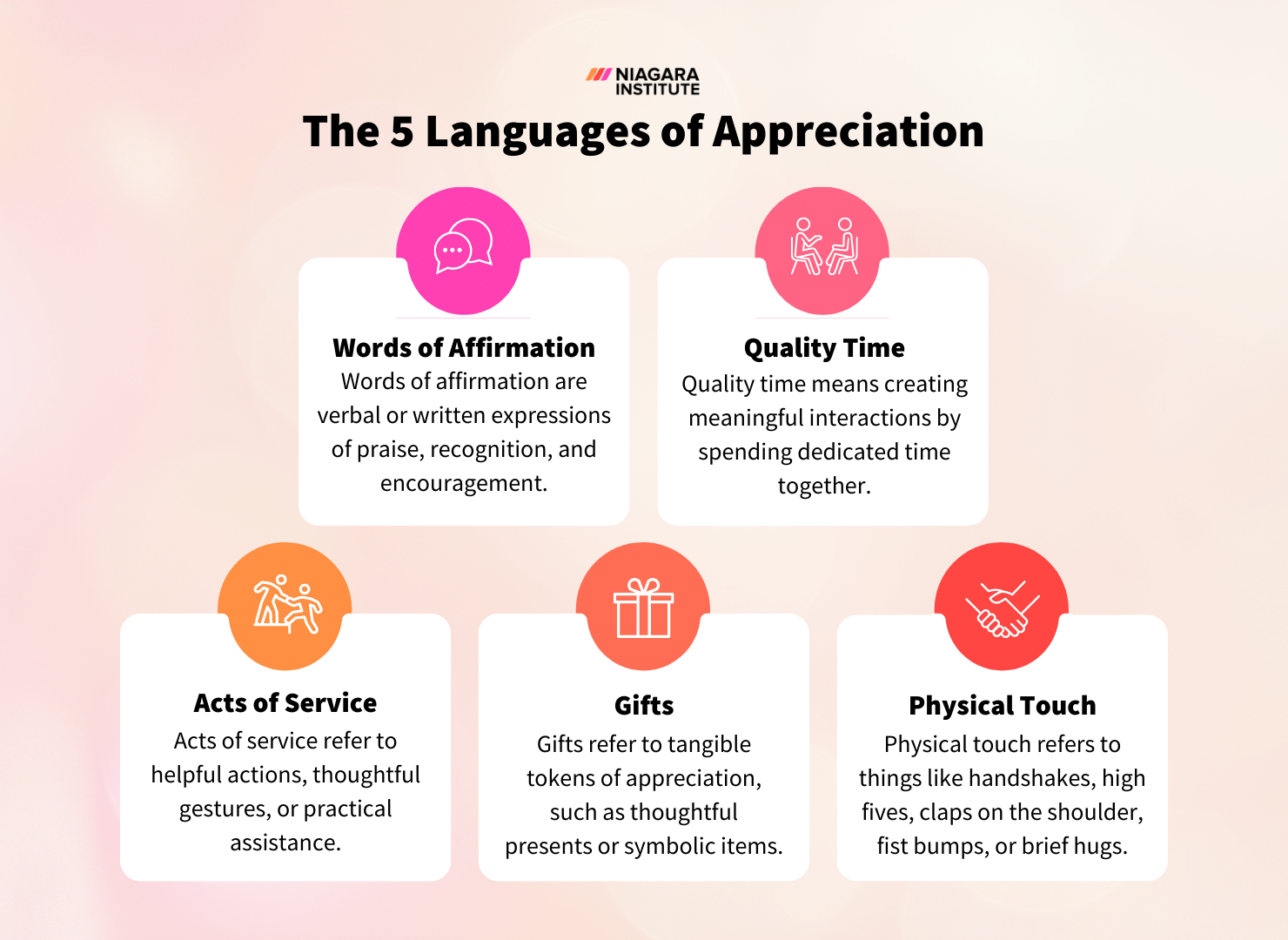6 min read
Do You Say “Good Job Team” Enough? Why Recognition Matters
A simple “thank you” or “good job team” is a powerful leadership tool. Yet, recognition and appreciation for employees and teams can quickly be...
5 min read
 Michelle Bennett
:
Feb 27, 2024 5:00:00 AM
Michelle Bennett
:
Feb 27, 2024 5:00:00 AM

Have you ever heard of Employee Appreciation Day? If you haven’t, this holiday is “celebrated” on the first Friday of March every year. Some employers will mark the day by gifting employees a free vacation day, extending their lunch break, or offering free pizza in the break room.
While that may make employees feel good for a little while, a few slices of free pizza can only do so much. Making employees feel truly appreciated requires so much more, particularly on the part of their direct leaders.
Whether you’re a first-time supervisor with only an employee or two in your charge or a middle manager with a large group of direct reports, if you’re questioning exactly how to show appreciation in the workplace, let us introduce you to the 5 Languages of Appreciation. These are based on the wildly popular 5 Love Languages and are meant to give you an idea of the different ways you can authentically and thoughtfully express your appreciation.
In 1992, Gary Chapman introduced the world to the concept of the 5 Love Languages, which he created to help people understand how different personalities give and receive love. 15 years later, in 2007, Gary Chapman enlisted the help of psychologist Paul White to adapt those languages into the workplace context. The result was the 5 Languages of Appreciation.
So, what are the 5 Languages of Appreciation? They are words of affirmation, quality time, acts of service, gifts, and physical touch.
These 5 Languages of Appreciation aim to help people understand how they want to receive appreciation in the workplace and how they show it to others. Early on in the book, The Five Languages of Appreciation, Chapman and White make a point to note that “Each person has a primary and secondary language of appreciation. Our primary language communicates more deeply to us than the others. Although we will accept appreciation in all five languages, we will not feel truly encouraged unless the message is communicated through our primary language. When messages are sent repeatedly in ways outside of that language, the intent of the message ‘misses the mark’ and loses the impact the sender had hoped for.”
Now, let’s review the differences between the 5 Languages of Appreciation to help you identify your primary and secondary language.

The first language of appreciation is words of affirmation, which refer to verbal or written expressions of praise, recognition, and encouragement. It is by far the most popular of all the languages. In fact, in Chapman and White’s study of over 100,000 people, 45% identified this as their preferred language of appreciation.
Why is this? Chapman and White concluded that this is likely for one of two reasons: “Words have been the way encouragement has been communicated in the workplace historically. Thus it appears using words is partially a learned behavior. Secondly, showing appreciation through words is typically relatively easy to do and takes less effort than some of the other appreciation languages; thus, using verbal language is easy to use and also to teach to others.
Those whose language of appreciation is quality time want to be shown they’re appreciated, not just told. Quality time can look like spending dedicated time with others, creating meaningful interactions, engaging in activities together, and actively listening. According to Chapman and White, this language is tied with acts of service as the second most popular language of appreciation in the workplace.
Given its popularity, you will likely encounter an employee whose primary language is quality time at some point. When you do, be sure to set up reoccurring one-on-one meetings with them, as they will give you time to connect in an uninterrupted environment, which might rarely happen if you’re both busy. On top of that, make an intentional effort to stop by their office (or call them if you work virtually) to check in or ask them for lunch/coffee. Regardless of what you do, the key is to look for opportunities to connect with employees in meaningful ways that make them feel seen, heard, valued, and appreciated.
In the workplace, acts of service refer to showing appreciation through helpful actions, thoughtful gestures, or practical assistance. For example, if your employee has been working late every night to get a project done and an urgent request comes in that will force them to work even later, you may offer to handle the request personally so they can go home at a normal hour. Even if you can’t handle it personally, you may stay late with them or order them food/coffee.
As you might imagine, this is one of the most popular languages. According to Chapman and White’s research, acts of service are the primary language of appreciation for 22% of employees and the secondary language of another 15%, meaning that over one-third of employees value acts of service in the workplace.
The language of appreciation known as gifts refers to tangible tokens of appreciation, such as thoughtful presents or symbolic items. In their research on these languages, Chapman and White discovered that this was by far the least popular language among employees, as only 6% identified it as their primary language of appreciation. Moreover, tangible gifts are selected as the least valued language 70% of the time.
Given this, gifts should not become your default way of expressing gratitude and appreciation. Instead, use gifts sparingly or with employees who you know it is their preferred language of appreciation. When you do, here are a few tips to keep in mind based on the research Chapman and White conducted on the topic of gifts in the workplace:
The final way of showing appreciation is through physical touch, such as a handshake, high five, clap on the shoulder, fist bump, or brief hug. When, or even if, you use it will depend on things such as the nature of the relationship, the type of physical contact, the cultural context, and the company’s policies.
Of the 5 Languages of Appreciation, this is the one you need to be most careful about for obvious reasons. In fact, Paul White had previously admitted, "When we first started investigating how best to apply the love languages to work-oriented relationships, we utilized all five of the languages, even though we knew it would be a challenge to translate the language of touch appropriately.” In the end, it was included because the creators agreed that “Appropriate acts of physical expression are valued by many with whom we interact on a daily basis and can add a depth of warmth to work-based relationships.”
One of the great things about the 5 Languages of Appreciation is that it’s a simple but highly effective way to start a conversation about appreciation, recognition, praise, and motivation in the workplace. For leaders trying to find ways to engage and motivate their direct reports, the information gained from this type of conversation can make all the difference.
So, the next time you sit down for a one-on-one meeting or a staff meeting with your team, send them this article ahead of time. Ask them to identify their primary and secondary language of appreciation and say you will do the same. Then, when you meet, take some time to discuss your languages. As the leader, your goal here is to listen more than you speak as you’re trying to understand your employees better so you can connect with them in the future on a deeper, more meaningful level.

6 min read
A simple “thank you” or “good job team” is a powerful leadership tool. Yet, recognition and appreciation for employees and teams can quickly be...

8 min read
Giving and receiving feedback at work is the norm in many organizations, as was recently revealed in a study by Leapsome. They uncovered that 97% of...

6 min read
If you can get yourself to the point where you’re willing and ready to give someone feedback, whether it be your employee, colleague, or boss, the...